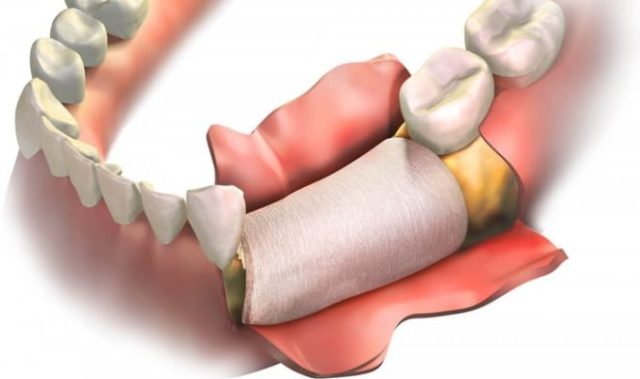Bone grafting is a bone loss dental treatment that adds bone to an area in the jaw or around the teeth. Bone loss in the jawbone can occur when a patient loses teeth due to injury, decay, or trauma or if the area is weakened by periodontitis. Dental bone grafting may be necessary for a patient’s oral health or create a base for dental implants. Keep reading to learn more about bone grafting procedures and how they work. If you are looking for a bone grafting procedure in Miami FL, we can help you.
Dental Bone Grafting in Miami and Key West, FL
If you are looking for a specialist to perform a bone grafting procedure, Miami Fl. has the best candidate. Dr. Mark Gutt is a periodontist surgeon in Miami, FL, and Key West, FL, who offers dental bone grafting. If you have any questions or are interested in booking an appointment, contact him here.
Types of Bone Grafting
In a bone graft procedure, a dentist or oral surgeon makes an incision in the jawbone and grafts other bone material to it. The graft may be from different parts of the patient’s own body or an external source. The four main types of bone grafting procedures are listed below.
- Autogenous – bone is transplanted from another area of the patient’s body to the jawbone.
- Allograft – human bone from a cadaver (donor) is transplanted to the patient’s jaw.
- Xenograft – uses bone from a non-human source such as a cow, pig, or horse.
- Alloplast – uses synthetic material, such as calcium phosphate or bioglass.
Autogenous bone grafts have a lower risk of rejection and infection because they are from the patient’s body. However, allografts, xenografts, and alloplastic are sometimes used because they do not require a second surgical site to extract the bone.
The Procedure
Dental bone grafts are usually simple procedures, but they can be more complicated with autogenous grafts. Here are the typical steps for a dental bone graft.
- Local anesthesia is used to numb the jaw area.
- If it is an autogenous graft, the surgeon makes an incision in the gums to determine precisely how much bone needs to be extracted.
- The surgeon places the bone graft between two sections of the jawbone that need to grow together.
- This incision is then closed with stitches.
- The bone is anchored in place with small titanium screws.
Afterward, the dental clinician prescribes antibiotics, anti-inflammatory medication, and pain medication as needed for recovery. They also provide specific aftercare instructions. Your jaw should feel normal after a few weeks. However, bone grafts usually take about three to nine months to heal completely.
Surgical Complications
Dental bone grafts are usually safe, effective procedures. Normal side effects include pain, swelling, minor bleeding, and trouble chewing and speaking for the first few days after surgery. These symptoms can be managed with over-the-counter and prescription pain medications. However, there is a chance that you will develop surgical complications. Serious complications include:
- Blood clots
- Nerve damage
- Rejected bone graft
- Anesthesia-related complications
If you notice any of these warning signs, call a doctor immediately.
- Pain that worsens or does not subside days after surgery
- Redness and increasing swelling in the gum area
- Persistent numbness or tingling
If you had a dental implant after the bone graft, it coming loose indicates that the bone graft failed. The best way to reduce the risk of surgical complications is to follow your dental clinician’s aftercare instructions. If you need bone grafting, contact Dr. Gutt or call us at both our offices:
Miami Beach: (305) 538-2112
Key West: (305) 294-4661

